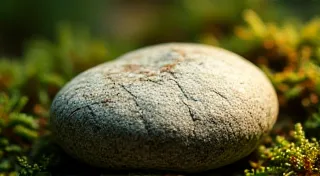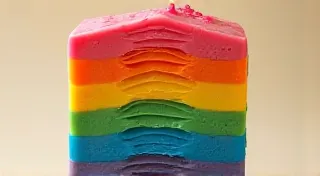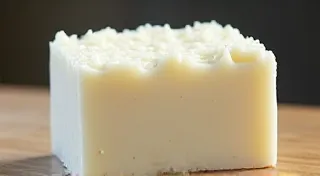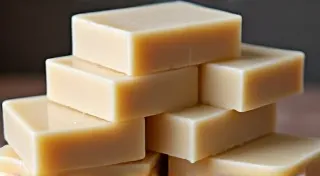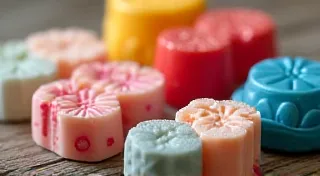Natural Colorants for Soap: A Guide to Plants, Clays, and More
Creating beautiful, handcrafted soap isn't just about scent and lather – the color plays a vital role too! While synthetic colorants offer vibrant hues, many artisan soap makers prefer the natural approach. This guide explores a variety of plant-based, clay, and mineral colorants you can use to achieve stunning results in your soap making. We’ll also cover color stability and potential interactions – essential knowledge for a successful natural soapmaking journey. Understanding the nuances of soapmaking, from basic safety to advanced techniques, is crucial for success, and resources like Understanding Lye: Safety and Calculations for Soapmaking can provide a solid foundation.
Why Choose Natural Colorants?
Beyond the aesthetic appeal, using natural colorants aligns with the "natural" ethos of many artisan soap makers. Consumers increasingly seek products free from artificial ingredients, making natural soap a popular choice. Natural colorants also offer a connection to traditional soapmaking practices and a sense of authenticity. The entire process, from calculating the correct ratios to the final cure, is a journey that requires both knowledge and care; it’s a path many beginners find challenging, but rewarding.
Plant-Based Colorants
Plants offer a surprisingly diverse range of colors. However, be aware that many plant-based colorants are not as stable in soap as some clays or oxides. They can fade or morph with exposure to lye and light. Achieving the right balance and consistency is key, and often requires a deep dive into the science behind the process.
- Annatto Seeds: Create warm yellows and oranges. They are relatively strong but can be affected by lye, potentially turning brown or olive green. A small amount goes a long way.
- Turmeric: Produces vibrant yellows, but can be unstable and stain surfaces easily. Careful measurement is key.
- Spirulina Powder: A blue-green algae, providing unique shades of green. It’s often used in combination with other colorants to achieve more nuanced colors.
- Indigo Powder: Provides shades of blue, but can be tricky to work with and prone to fading.
- Hibiscus Powder: Offers reddish-pink hues, but can be light sensitive and fade over time.
- Beetroot Powder: Provides pinks and purples, but the color can be quite fugitive (meaning it fades easily).
Clay Colorants: Reliable and Earthy
Clays are renowned for their color stability in soap. They are typically less affected by lye and provide beautiful, earthy tones. The differences in particle size and mineral content can profoundly affect not just color, but also the texture and feel of the finished soap, so careful sourcing and understanding these nuances are important.
- French Green Clay: Offers a natural, muted green color.
- Rose Clay (Pink Clay): Provides delicate pinks and peach tones.
- Red Clay: Provides reddish-brown hues.
- Yellow Clay: Creates warm yellow tones.
- Bentonite Clay: Can impart a grey or brownish hue and also helps draw out impurities, a benefit if making soap for cleansing.
Mineral and Spice Colorants
Several minerals and spices can also be used as natural soap colorants. Understanding the entire process from start to finish, especially the critical phase of curing, is vital for a long-lasting and beautifully crafted soap. The Beginner's Guide to Soap Curing: Why It Matters provides essential insights into this crucial step.
- Oxides (Iron Oxides): Offer a wide range of stable colors, from yellows and reds to browns and blacks. These are generally very reliable.
- Cocoa Powder: Produces light brown shades.
- Paprika: Provides reddish-orange hues.
- Activated Charcoal: Creates black and grey tones.
Color Stability & Interactions
Understanding color stability is key to successful natural soapmaking. Here are some crucial points: It's more than just choosing the right colorant; it's about understanding how the ingredients interact and how those interactions can be manipulated to achieve specific results. The environment in which soap is made and stored can also significantly impact its appearance over time.
- Lye Sensitivity: Some colorants react with lye, causing them to change color or fade. This is especially common with plant-based colorants.
- UV Light Sensitivity: Many natural colorants are sensitive to UV light, leading to fading over time.
- pH Levels: The pH of the soap can impact color.
- Interaction with Other Ingredients: Some ingredients, like essential oils, can interact with colorants, altering their appearance. Always swatch test.
Experimenting with natural colorants is a rewarding part of artisan soapmaking, but careful planning and methodical testing are crucial for consistent results. Creating truly unique soaps often involves pushing boundaries and exploring unexpected combinations of ingredients.
- Start Small: Add colorants gradually, a little at a time, until you achieve the desired shade.
- Swatch Testing: Create small soap samples (swatches) to test color stability and interactions before making a large batch.
- Documentation: Keep meticulous records of your recipes and colorant usage.
- Consider Mordants: Mordants (like citric acid or alum) can sometimes help to “fix” the color and improve stability.
- Embrace the Variation: Natural colorants often produce subtle variations in color, which adds to the charm and uniqueness of your soap.
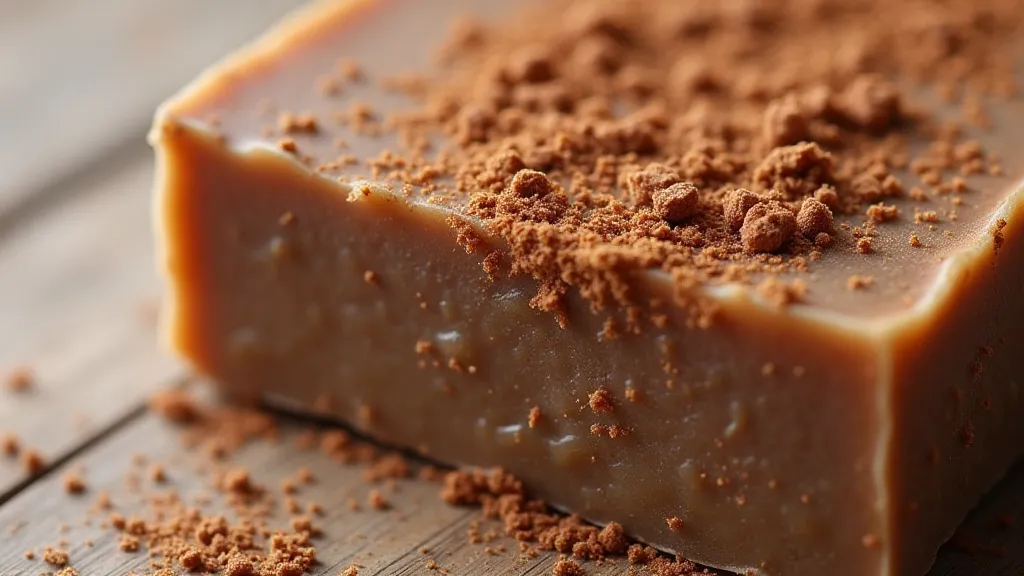
Experimenting with natural colorants is a rewarding part of artisan soapmaking. With a little knowledge and careful testing, you can create truly beautiful and unique soaps that reflect your creativity and respect for natural ingredients. The possibilities are virtually limitless, and the journey itself is a testament to the power of craftsmanship and natural beauty. Remember that consistency and predictability often come from a deep understanding of the fundamentals, so continue to learn and refine your techniques.
